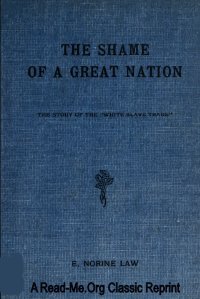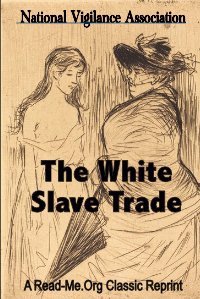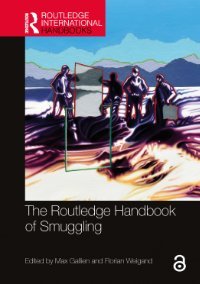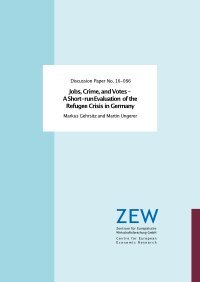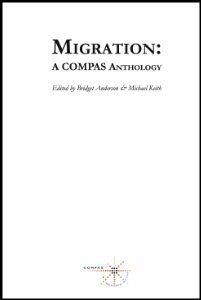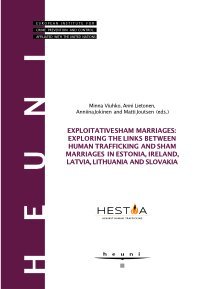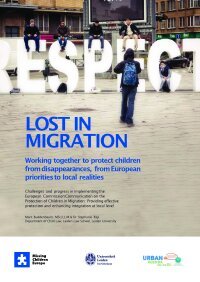By Mrs. Archibald MacKirdy and W. N. Willis.
No one to whom Eate or Providence has been kind cares to step from pleasant everyday ways of life into treacherous and dangerous paths which lead to suffering and unpopularity. No man or woman who has within grasp means of following a pleasant way in life would accept a grievous charge and painful labour, save for conscience' sake, and with the hope of waking public opinion to its duty in a matter of national importance.written about, but the part of it relating to the East has not been previously dealt within a volume of this kind. Even in this country the fearful trade has not much diminished. It is quite true that some very notorious houses or rendezvous have beenclosed, and that one restaurant which washaunted by the unhappy women who have nomeans of getting a living but by selling themselves to men, has been raided and shut up.But this was chiefly done by the work of theSalvation Army, as I know, for I went outwith the midnight workers and saw what washappening.
London: Stanley Paul and Co., 1912. 346p.




